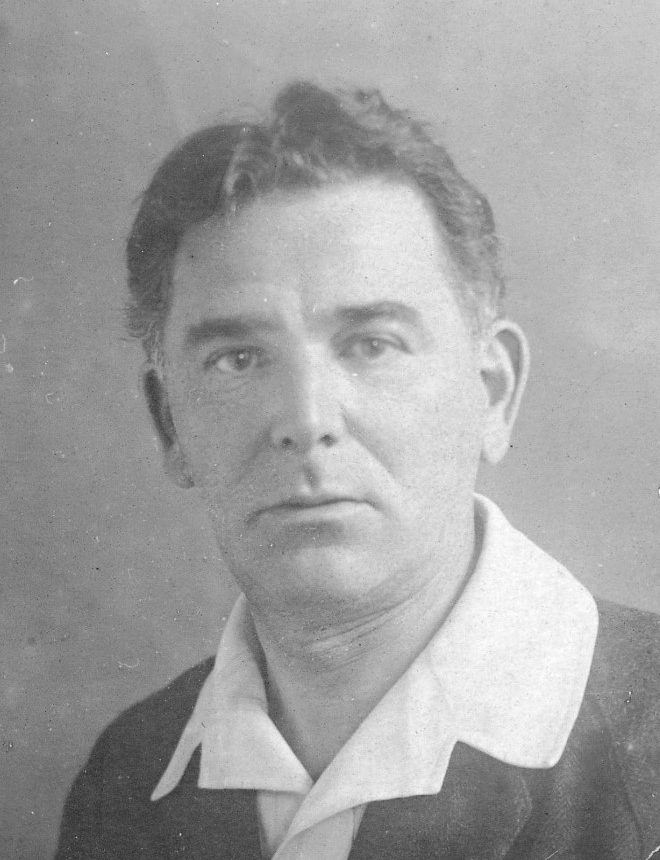Leopold GRUMBACHER
January 2, 2019Alice HALICKA
January 2, 2019Elie GRUNMANN
KIEV 1875 – DEPORTED 1944
Elie Grunmann studied at the School of Fine Arts in Saint Petersburg under the Russian painter Ilya Repin, who encouraged him to exhibit his paintings abroad. Elie Grunmann arrived in Paris in 1927, and quickly acquired a certain fame. In 1939, he exhibited at the Salon des Artistes Français and was awarded the medal of merit. Two years later, on the occasion of that same Parisian exhibition, he was awarded the silver medal for his pastel portrait.
On April 12, 1944, he was arrested at his studio in Paris. Most of his work was destroyed when he was arrested. He was interned in Drancy where he continued to paint. On June 30, 1944, he was deported on convoy number 76. He was murdered by the Nazis. Paintings by Elie Grunmann are in Moscow and Saint Petersburg.
Stories of Jewish Artists of the School of Paris 1905-1939
FRENCH-ENGLISH
Capitale des arts, le Paris des années 1905-1939 attire les artistes du monde entier. De cette période de foisonnement, un terme est resté, celui d'Ecole de Paris, qui recouvre une grande diversité d'expression artistique. Dans ce brassage dont Montparnasse est le creuset, un groupe se distingue : celui des artistes juifs venus de Russie, de Pologne et d'Europe centrale. Si leurs styles sont variés, un destin commun les rassemble : ils fuient l'antisémitisme de leur pays d'origine. Certains ont connu la célébrité dès les années 1920, tels Soutine, Lipchitz ou Chagall. D'autres n'ont pas eu le temps ou la chance d'y accéder. Près de la moitié a péri dans les camps de concentration nazis.
From 1905 to 1939, Paris attracted artists from all over the globe as the capital of the art world. This period of artistic proliferation became known as the School of Paris, and includes a great diversity of artistic expression. Within the teeming art world centred on Montparnasse, one group set itself apart: Jewish artists from Russia, Poland, and Central Europe. Although their styles were diverse, they shared the common fate of fleeing anti-Semitic persecutions in their home countries. Some became famous in the 1920s, such as Soutine, Lipchitz, and Chagall, while others did not have the time or the luck to gain renown. Nearly half of these artists died in Nazi concentration camps.





